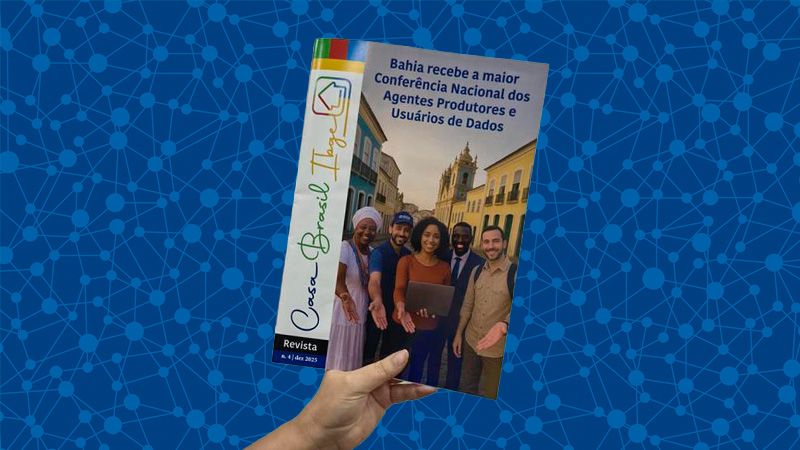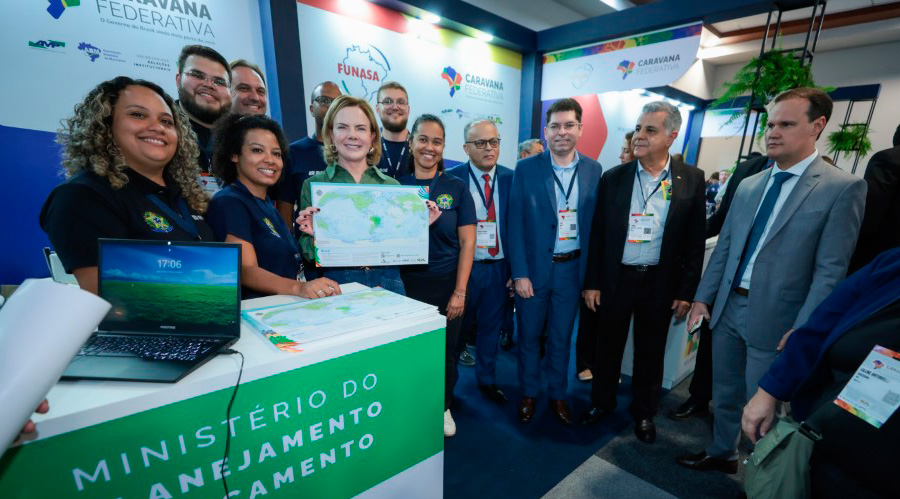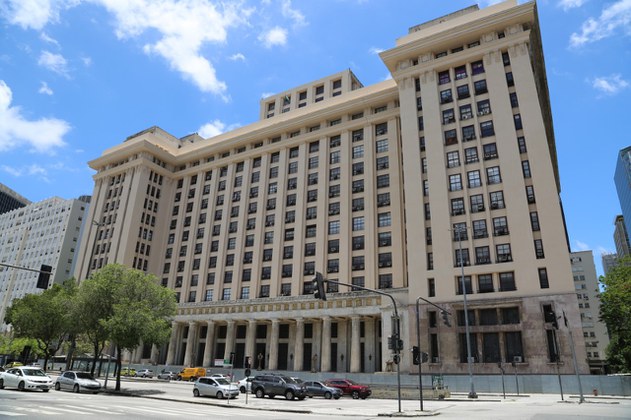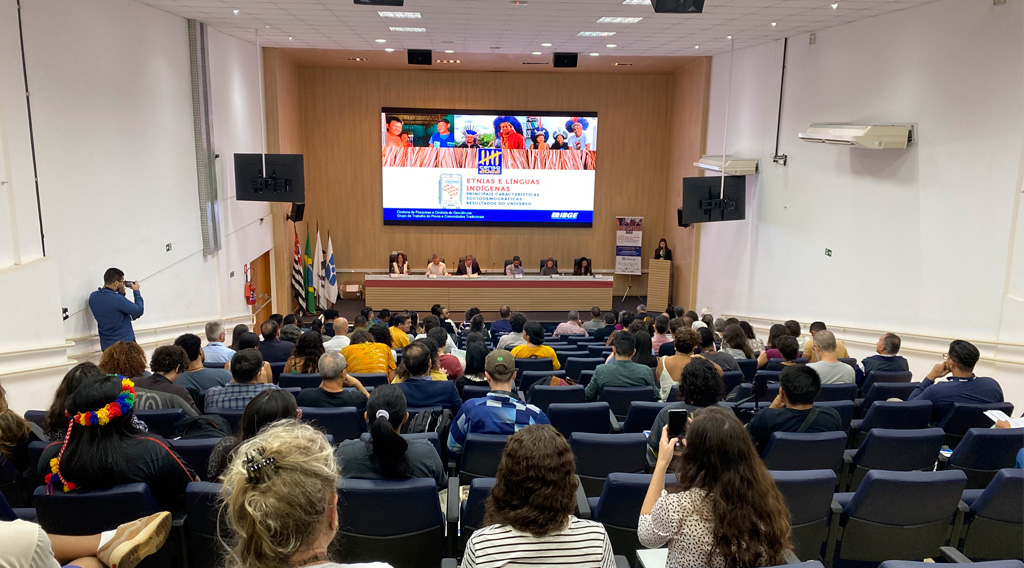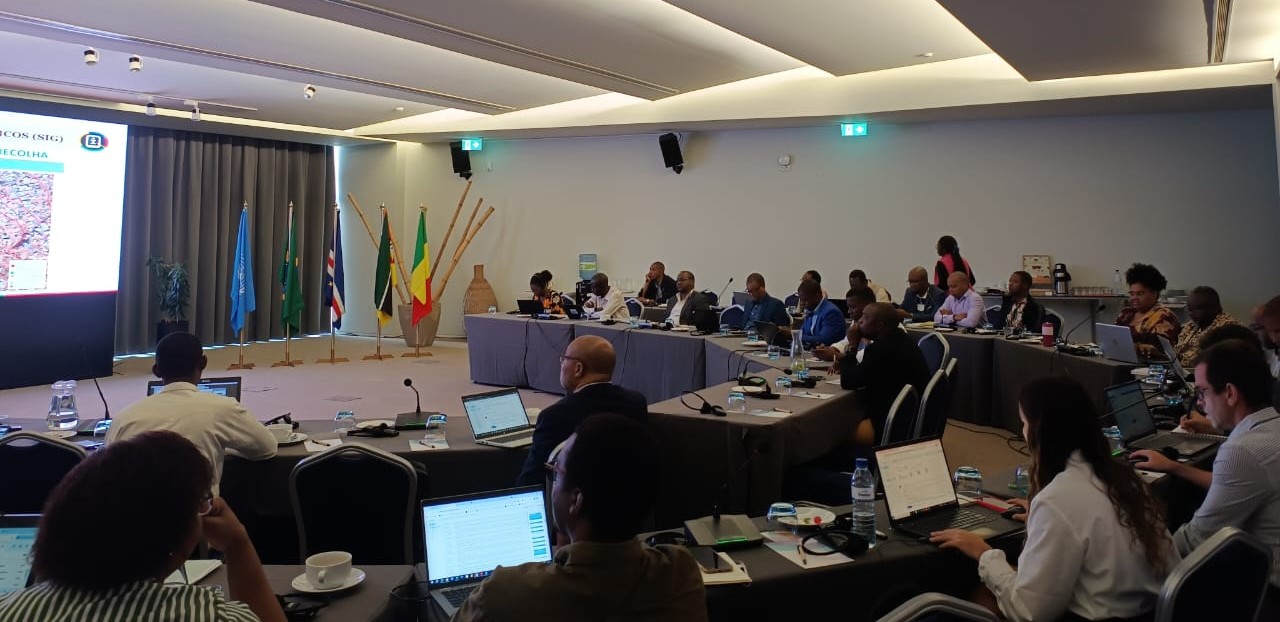CENSUS OF AGRICULTURE
IBGE includes meso-region and micro-region territorial divisions in 2017 Census of Agriculture data
August 18, 2020 03h32 PM | Last Updated: August 19, 2020 12h36 PM

Licia Rubinstein/IBGE News Agency
Data from the 2017 Census of Agriculture with territorial divisions of meso-regions and micro-regions were included in the IBGE System of Automatic Recovery (SIDRA) on August 6. The system, which allows the access of data stored in Statistical Tables Database, now brings these geographic divisions, besides maintaining those already released in October 2019.
Between 1989 and 2017, the IBGE adopted Meso-regions and Micro-regions as the Brazilian geographic division. With the revision of the Brazilian regional division in 2017, these divisions were replaced by the intermediary and immediate geographic regions. "This new division was introduced in the 2017 Census of Agriculture. Nevertheless, users demanded to load the Micro-region and Meso-region divisions in order to compare these aggregates with previous surveys," explains Antonio Carlos Florido, a retired technician and spokesman of the Census of Agriculture.
The release of the Micro-region and Meso-region divisions aims at allowing the comparability between the 2017 Census of Agriculture and previous editions of the survey. For instance, users can consult how many establishments of family farming existed in the micro-region of North Shore, in Paraíba, and compare its figures along the Census editions.
The replacement of the geographic divisions aimed at updating the city articulations, in relation to the circulation of people, services and information. The Immediate Geographic Regions, which replaced the Micro-regions, are structured based on close urban centers to supply the population needs, like health services and public services. Joinville, in Santa Catarina, is an example. On the other hand, the Intermediary Geographic Regions are established, on a scale, between the Federation Units and the Immediate Geographic Regions. It is the case of Mossoró, in Rio Grande do Norte.
"Besides comparability, the release of the Micro-region and Meso-region divisions is important because they are more relevant for the study of the rural area than the Intermediary and Immediate Regions. They are focused on interaction and they have a lot to do with the population size, which is more scarce in the rural area. As a result, the other divisions are more adequate, especially in the interaction with the agricultural activity," analyzes Octávio Costa de Oliveira, IBGE´s coordinator of Agriculture.
According to the researcher, the release of these data can also help the regions with public policies related to agricultural activities aiming at Micro-regions and Meso-regions. "It may be the case in which a state has studies of Micro-region and Meso-region in its work policy. There may be even institutions acting in a certain Micro-region or Meso-region and they need the data of that division," concluded him.



